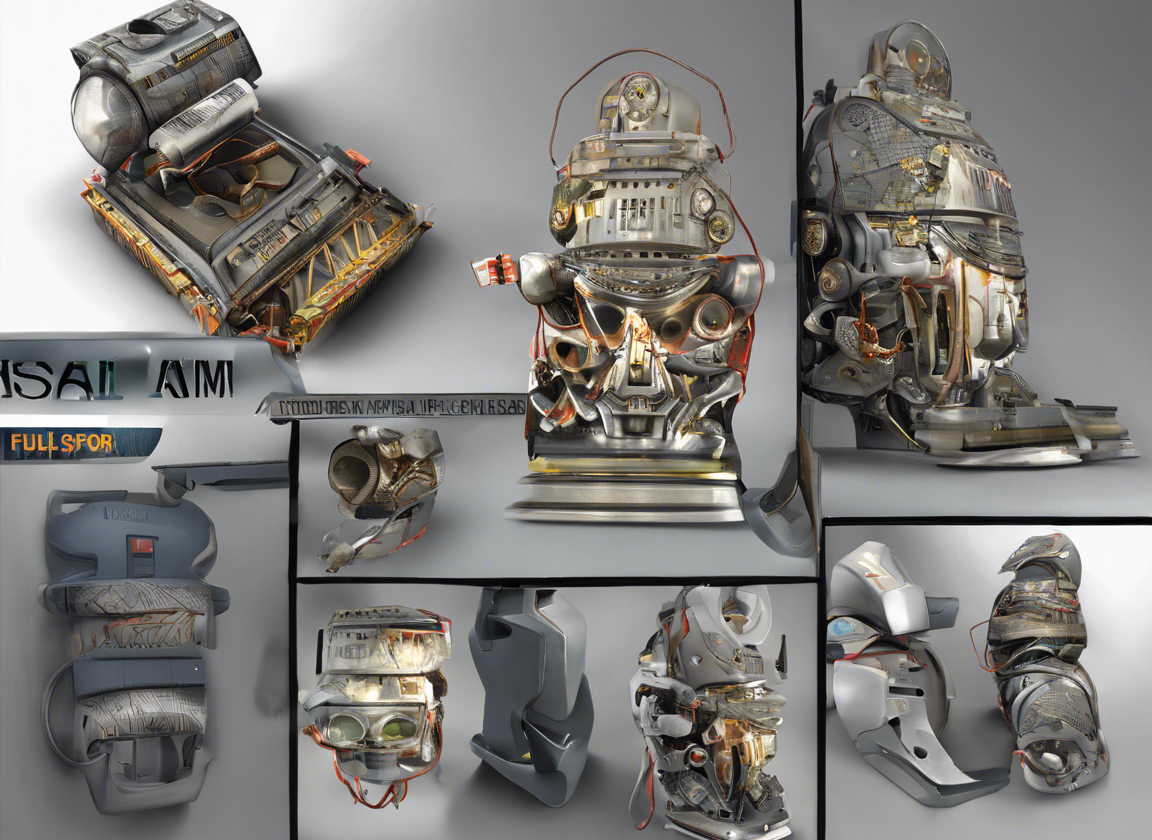Understanding the ASI Full Form: All You Need to Know

Table of Contents
- Introduction
- What is ASI?
- The Role of ASI in India
- ASI Activities and Responsibilities
- Importance of ASI in Historical Preservation
- Challenges Faced by ASI
- Conclusion
- Frequently Asked Questions (FAQs)
Introduction
Welcome to our comprehensive guide on the ASI Full Form. In this article, we will delve into the realm of archaeological preservation and history, with a special focus on the role of the Archaeological Survey of India (ASI). The ASI plays a crucial role in safeguarding the rich historical and cultural heritage of India. Let’s explore the significance of ASI and its functions in more detail.
What is ASI?
The ASI Full Form stands for the Archaeological Survey of India. It is an Indian government agency under the Ministry of Culture that is responsible for archaeological research and the conservation and preservation of cultural monuments in the country. Established in 1861 by Alexander Cunningham, the ASI is the premier organization for the archaeological study and protection of the cultural heritage of India.
The Role of ASI in India
The primary role of the ASI is to examine, excavate, conserve, preserve, and protect the ancient monuments and archaeological sites in India. The ASI operates under the provisions of the Ancient Monuments and Archaeological Sites and Remains Act of 1958, which was enacted to protect and preserve ancient monuments and archaeological sites with national importance.
The ASI is entrusted with the task of conducting archaeological research and excavations to uncover the rich history and cultural heritage of India. By studying these historical remnants, the ASI aims to reconstruct the past and gain insights into the evolution of civilizations in the region.
ASI Activities and Responsibilities
The ASI is engaged in a wide array of activities and responsibilities aimed at the preservation and promotion of India’s archaeological heritage. Some of the key functions of the ASI include:
-
Archaeological Excavations: The ASI conducts excavations at various sites across the country to unearth ancient artifacts, relics, and structures that offer valuable insights into the history of India.
-
Conservation and Preservation: The ASI is responsible for the conservation and preservation of ancient monuments, temple complexes, forts, mosques, and other historical structures. Through meticulous restoration efforts, the ASI ensures that these monuments are protected for future generations.
-
Heritage Documentation: The ASI maintains detailed records, surveys, and documentation of archaeological sites and monuments to create a comprehensive database of India’s cultural heritage.
-
Site Museums: The ASI oversees the management of site museums that display artifacts and objects excavated from various archaeological sites, providing visitors with a glimpse into India’s rich past.
-
Maintenance of Monuments: The ASI is engaged in the maintenance and upkeep of heritage sites, including landscaping, structural repairs, and infrastructure development to enhance the visitor experience.
Importance of ASI in Historical Preservation
The ASI plays a crucial role in preserving and protecting India’s history and cultural heritage. By safeguarding ancient monuments and archaeological sites, the ASI ensures that future generations have the opportunity to learn about their rich heritage and legacy. The ASI’s efforts also contribute to promoting tourism, education, and research in the field of archaeology.
Through its conservation projects and research initiatives, the ASI sheds light on the diverse civilizations that have flourished in India over the centuries. By studying the architectural marvels, sculptures, inscriptions, and artifacts left behind by ancient civilizations, the ASI helps piece together the puzzle of India’s past and fosters a deeper appreciation for its cultural diversity.
Challenges Faced by ASI
Despite its crucial role in preserving India’s historical legacy, the ASI faces several challenges in fulfilling its mandate effectively. Some of the key challenges include:
-
Funding Constraints: The ASI often grapples with limited funding and resources, which hinders its conservation and restoration efforts at various heritage sites.
-
Lack of Skilled Personnel: The shortage of skilled archaeologists, conservationists, and researchers poses a challenge to the ASI’s ability to carry out its mandate efficiently.
-
Encroachment and Vandalism: Many archaeological sites in India are threatened by encroachment, vandalism, and illegal construction activities, which jeopardize their preservation.
-
Climate Change: Climate change poses a significant threat to the preservation of historical monuments, as extreme weather events and rising temperatures can accelerate the deterioration of these structures.
-
Public Awareness: Despite its efforts, the ASI faces challenges in raising public awareness about the importance of preserving India’s cultural heritage and the need for responsible tourism practices.
Conclusion
In conclusion, the ASI Full Form represents the Archaeological Survey of India, an esteemed organization dedicated to the preservation and protection of India’s rich historical and cultural heritage. Through its archaeological research, conservation projects, and heritage preservation initiatives, the ASI plays a pivotal role in unraveling the mysteries of India’s past and fostering a sense of pride and appreciation for its cultural legacy. Despite facing challenges, the ASI continues to uphold its mandate of safeguarding India’s archaeological treasures for future generations to cherish and explore.
Frequently Asked Questions (FAQs)
- What is the full form of ASI in India?
The full form of ASI in India is the Archaeological Survey of India.
- When was the ASI established?
The ASI was established in 1861 by Alexander Cunningham.
- What is the primary role of the ASI?
The primary role of the ASI is to conduct archaeological research, excavations, and conservation of cultural monuments in India.
- How does the ASI contribute to historical preservation in India?
By conducting excavations, conserving monuments, and maintaining heritage sites, the ASI ensures the preservation of India’s historical legacy.
- What are some of the challenges faced by the ASI?
Funding constraints, lack of skilled personnel, encroachment, climate change, and public awareness are some of the challenges faced by the ASI.
Through its tireless efforts and unwavering commitment to protecting India’s cultural heritage, the ASI continues to be a beacon of conservation and preservation in the field of archaeology.